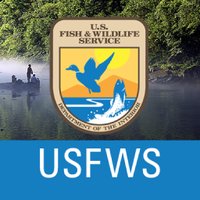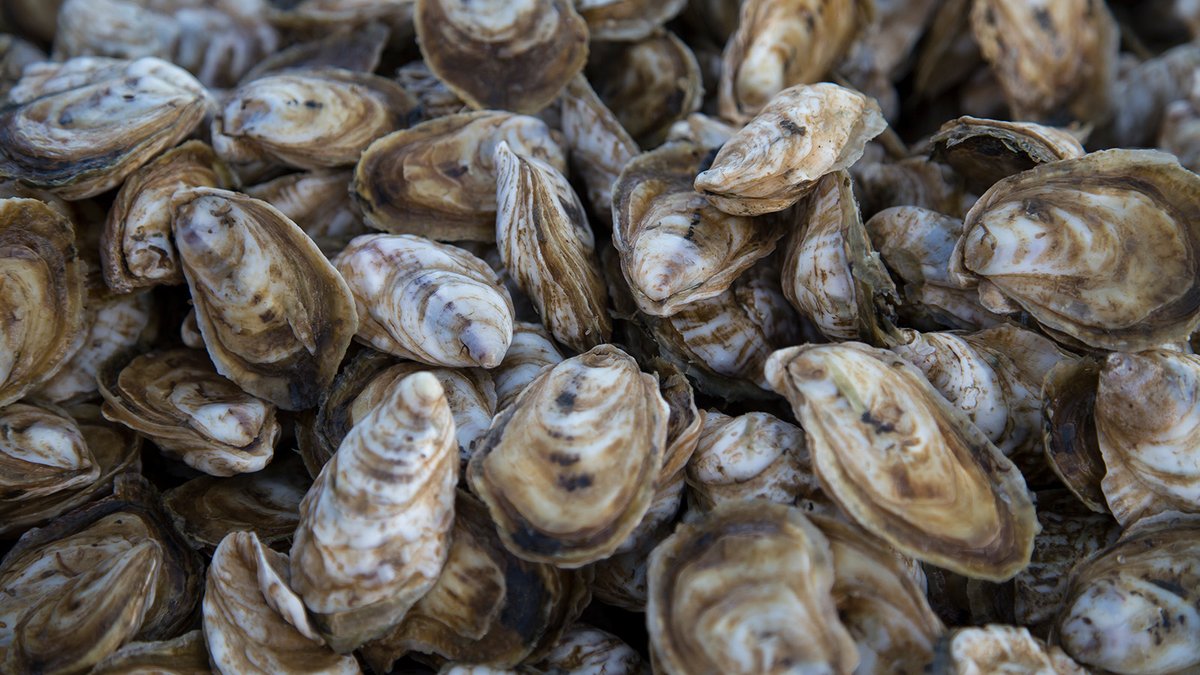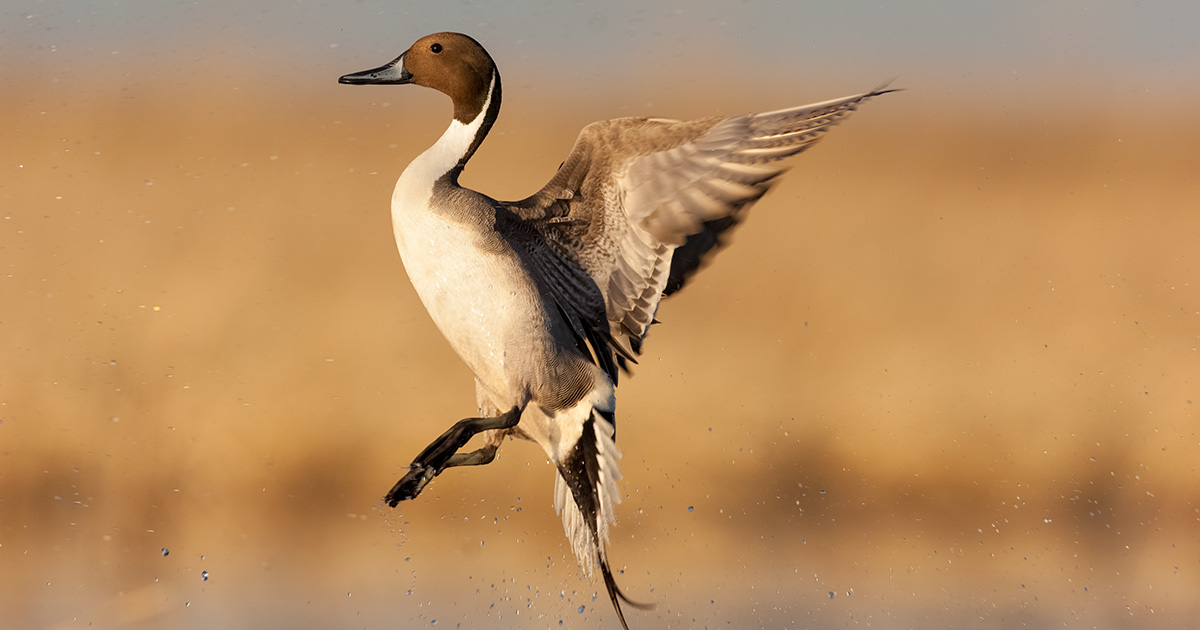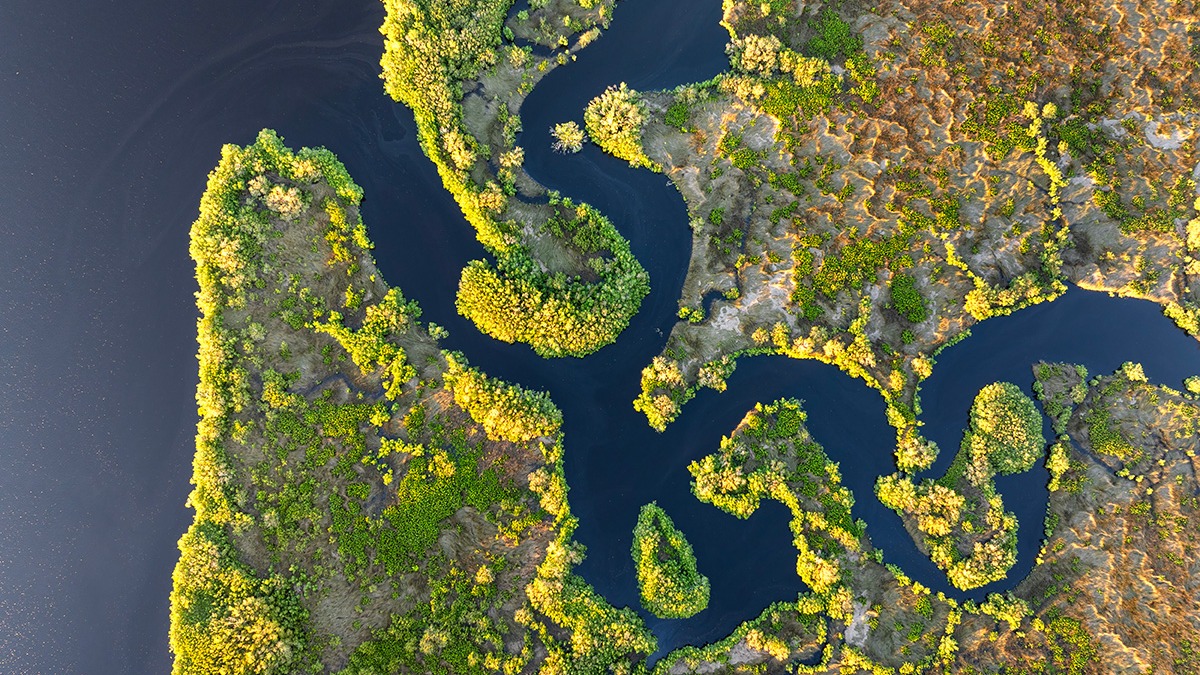
National Fish and Wildlife Foundation
@nfwfnews
NFWF partners to foster sustainable and impactful conservation solutions so that people and nature thrive together.
ID: 516856172
http://www.nfwf.org 06-03-2012 20:22:31
3,3K Tweet
4,4K Followers
479 Following















The ancient alligator gar is making a comeback in the Mississippi River floodplains. Through our partnership with National Fish and Wildlife Foundation, we are helping restore the river’s natural connections, creating healthier habitats for this iconic species and many others. Since 2019, we’ve supported

















